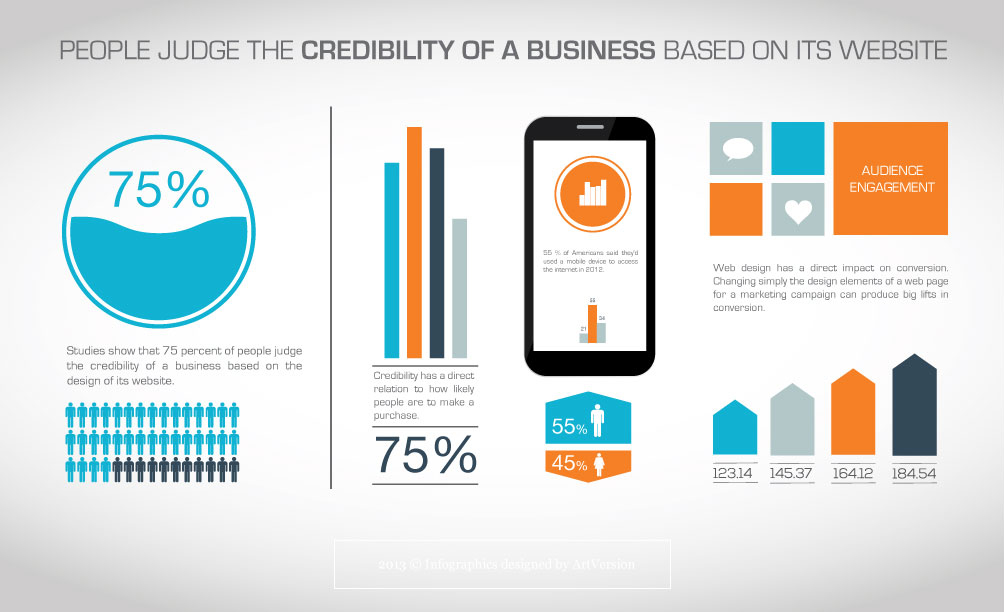Web Site Style Basics: Tips For Structure A User-Friendly Website
Web Site Style Basics: Tips For Structure A User-Friendly Website
Blog Article
Web Content Writer-Wiley Ehlers
When it concerns website design, ensuring user-friendliness is essential. From responsive design to structured navigating, every component plays a vital role in developing a website that satisfies your target market's needs. But what regarding the better information that can make or break a user's browsing experience? Remain tuned as we reveal some often-overlooked suggestions that can boost your site's use to the following degree, making it really stand out in the digital landscape.
Significance of Responsive Style
Receptive design is an important element of modern website growth. Ensuring your website is receptive ways that it can adapt to various screen dimensions and tools, providing a smooth experience for users.
With the increasing use mobile phones and tablet computers to access the web, having a receptive layout is crucial for getting to a wider audience. It aids in enhancing user experience by making your web site very easy to browse and read on any device.
Furthermore, ada compliance for websites 2020 can positively affect your online search engine positions, as search engines like Google focus on mobile-friendly internet sites. By having a responsive style, you're likewise future-proofing your site, as new tools with differing screen dimensions continue to emerge.
Simplify Navigation Framework
To improve individual experience and assist in easy access to details on your website, simplifying the navigating structure is extremely important. When creating your website, focus on developing a clear and instinctive navigating menu that helps site visitors discover what they're searching for quickly.
learn the facts here now of menu products to the essentials, organizing related pages with each other to avoid frustrating individuals. Usage detailed labels that clearly suggest the material of each page, making it simpler for customers to understand where each link will take them.
Consider implementing dropdown food selections for subcategories to avoid cluttering the primary navigation bar. Additionally, consist of a search bar plainly on the page for users that prefer searching for particular information.
Focus on mobile responsiveness in your navigating layout to make sure simple accessibility on all gadgets.
Maximize Web Page Tons Rate
Improving page load speed is vital for preserving visitors on your website. Slow-loading pages annoy individuals and can bring about high bounce prices. To maximize page load rate, start by maximizing pictures. Compress pictures without jeopardizing top quality to minimize their documents dimensions.
Additionally, enable web browser caching to store regularly accessed sources locally, speeding up load times for returning site visitors. Minify CSS, JavaScript, and HTML files by eliminating unnecessary personalities, comments, and formatting, improving lots rate.
Think about making use of a web content delivery network (CDN) to distribute your internet site's material across numerous servers worldwide, decreasing latency for individuals accessing your site from different places. Finally, limit the use of third-party manuscripts and plugins, as they can considerably influence lots times.
Verdict
In conclusion, by integrating responsive layout, streamlining navigation, and maximizing page load rate, you can create a straightforward site that appeals to a wider audience and improves customer experience. These essential elements ensure that visitors can quickly accessibility and browse your website across various gadgets, leading to raised involvement and contentment. By focusing on these vital facets, you can develop an effective site that maintains individuals returning for even more.
